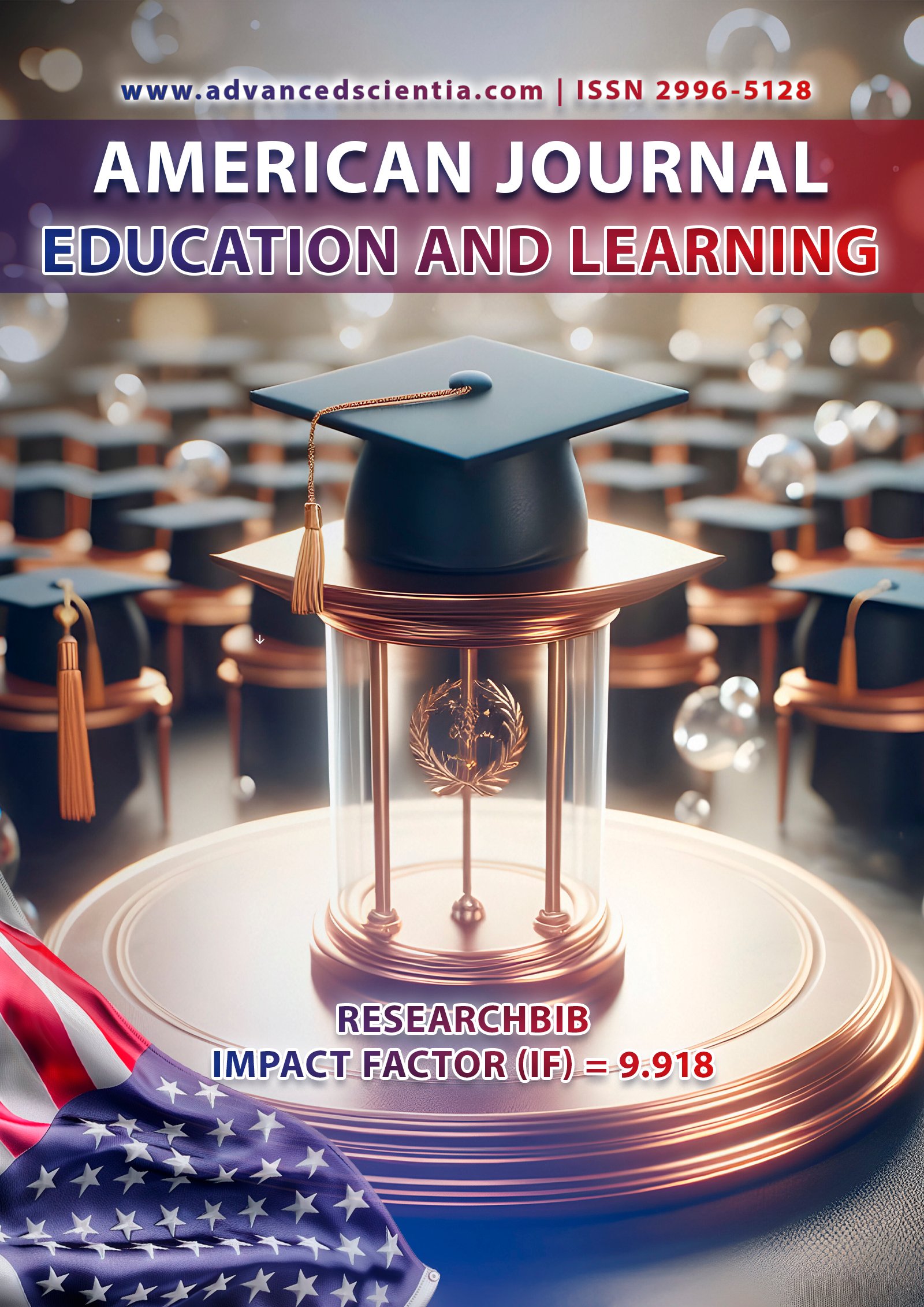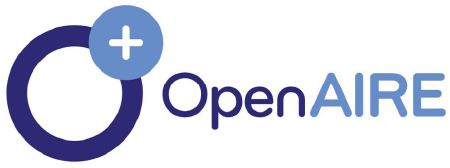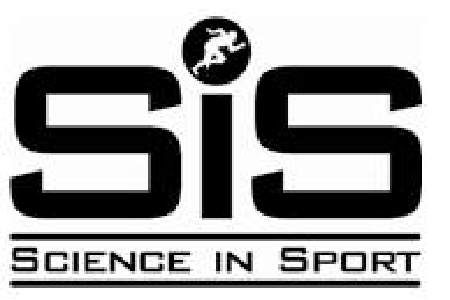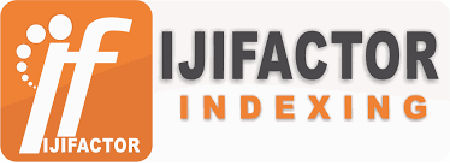INTЕGRАTING СΟNTЕMРΟRАRY TЕСHNΟLΟGIСАL АDVАNСЕMЕNTS IN FΟRЕIGN LАNGUАGЕ TЕАСHING
Abstract
The field of foreign language teaching has been greatly impacted by the quick development of technology, which has produced cutting-edge resources that improve language acquisition efficacy, engagement, and personalization. This study explores how language learning curricula might incorporate modern digital innovations, particularly AI, VR, and gamification. AI-Enhanced Guided Learning (AEGL) is a unique hybrid approach that maximizes student engagement and competency by fusing organized instructor-led sessions with AI-driven tools. Using an experimental approach, the study evaluates students' motivation, language proficiency, and qualitative input. According to research, AEGL significantly enhances learning results as compared to conventional teaching techniques, and students show greater motivation and proficiency. The study highlights that in order to attain the best language learning outcomes, AI tools must be used in conjunction with human-led education.
References
1. Blake, R. (2013). Brave New Digital Classroom: Technology and Foreign Language Learning. Georgetown University Press.
2. Chiu, T. K. (2020). Gamification and student motivation in foreign language learning. Educational Technology & Society, 23(1), 17-28.
3. Dudeney, G., & Hockly, N. (2016). Digital Learning in the Language Classroom. Routledge.
4. Fischer, R. (2020). AI in language learning: Opportunities and challenges. Language Learning Journal, 48(2), 135-149.
5. Godwin-Jones, R. (2015). Emerging technologies: Mobile-enhanced language learning. Language Learning & Technology, 19(2), 9-19.
6. Kukulska-Hulme, A. (2019). Mobile-assisted language learning: Moving beyond the hype. ReCALL, 31(2), 180-192.
7. Levy, M. (2017). The role of AI in personalized language learning. Computer-Assisted Language Learning, 30(5), 389-406.
8. Li, Y., & Lan, Y. (2021). Virtual reality in language learning: Immersion and interaction. Journal of Educational Technology, 34(4), 233-248.
9. Stockwell, G. (2012). Computer-Assisted Language Learning: Diversity in Research and Practice. Cambridge University Press.
10. Warschauer, M., & Healey, D. (1998). Computers and language learning: An overview. Language Teaching, 31(2), 57-71.






















